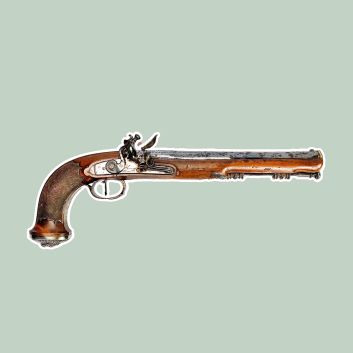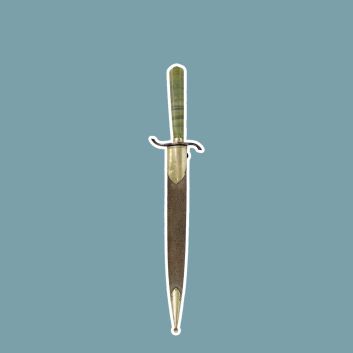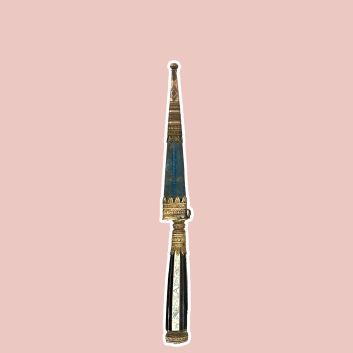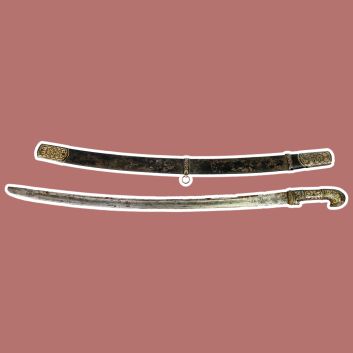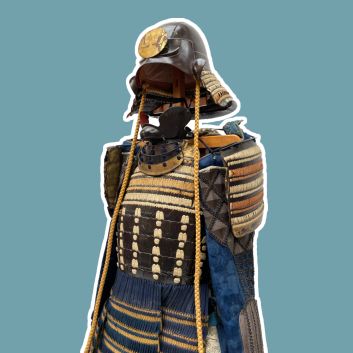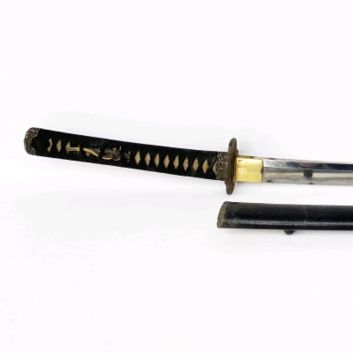Rating and value of Japanese armor (samurai, yoroi)
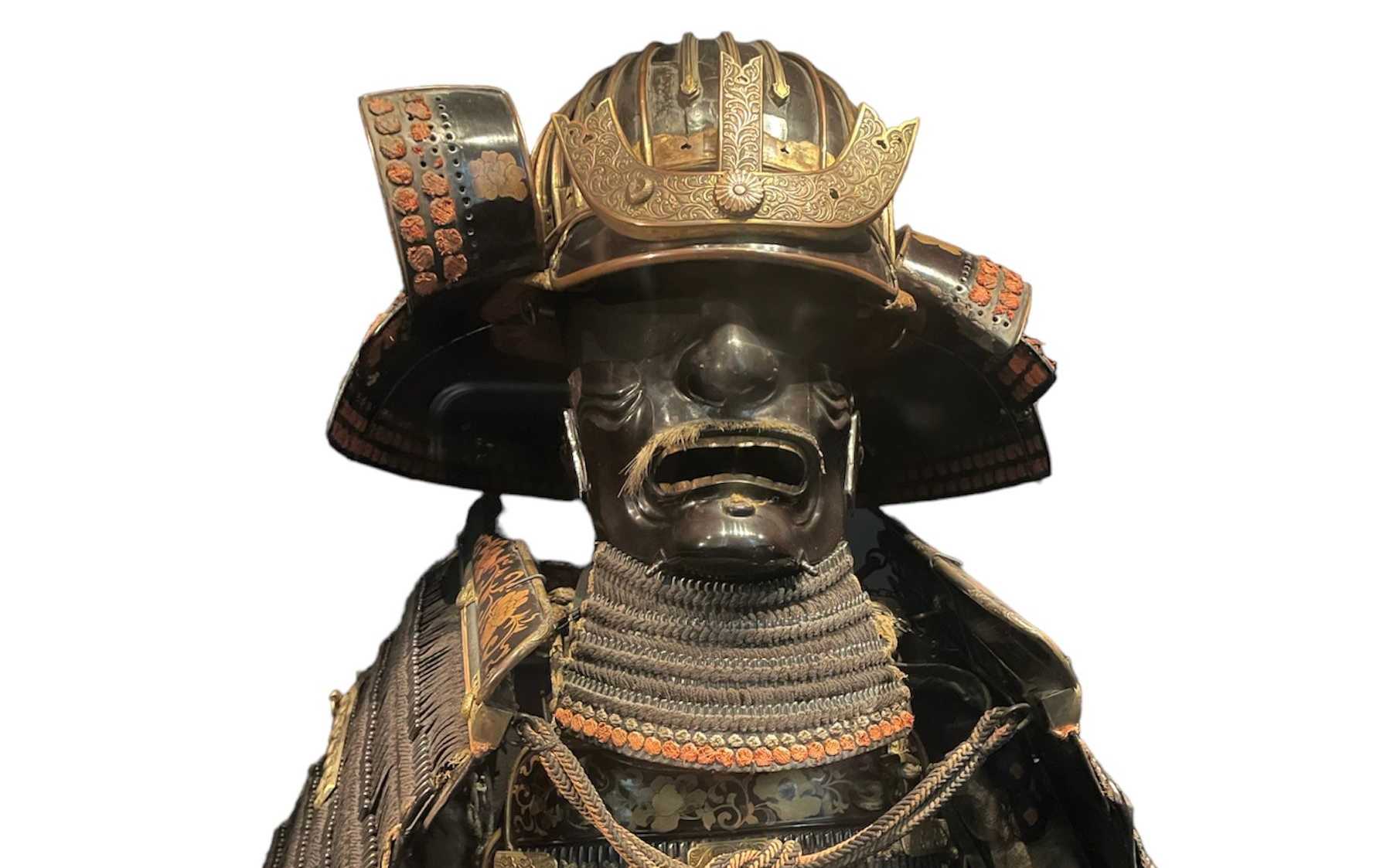
If you own a piece of Japanese armor, and would like to know its value, our state-approved experts and auctioneers will offer you their appraisal services. Our specialists will carry out a free appraisal of your property, and provide you with a precise estimate of its value on today's market. Then, if you want to sell your bag, we'll point you in the right direction to get the best possible price for it. The price of armor can vary according to the period, the person to whom it belonged, and its state of preservation.
Rating and value of Japanese armor
Japanese suits of armor are highly prized historical objects, and very popular at auction. They are collected by buyers of all nationalities, although the Japanese are the first to seek out this type of historical souvenir. The price at which they sell on the art and auction markets ranges from €250 to €75,000, a considerable difference but one that speaks volumes about the value that can be attributed to Japanese armor. In 2023, a foldable and transportable leather scale armor sold for €53,760 in Paris.
Order of value from classic armor to the most sought-after
Type of part or armor | Results |
|---|---|
Incomplete Japanese armor or armor components | From €250 to €5,000 |
Japanese armor mask | From €480 to €7,150 |
Full samurai armor | From €900 to €10,000 |
o-youroi warrior armor | From €2,400 to €75,000 |
Response in less than 24h
Japanese armor, introduction and definition
In every country in the world, wars have forced civilizations to equip themselves with weapons and armor. In the West, armor was excessively heavy, particularly in the 16th century. In Japan, armor is much lighter, and the manufacturing technique is very different. However, armor has the same purpose: to protect the wearer. These objects are sometimes referred to as samurai armor, a term which does not, however, encompass all Japanese armor. Here's a closer look at these collector's items.
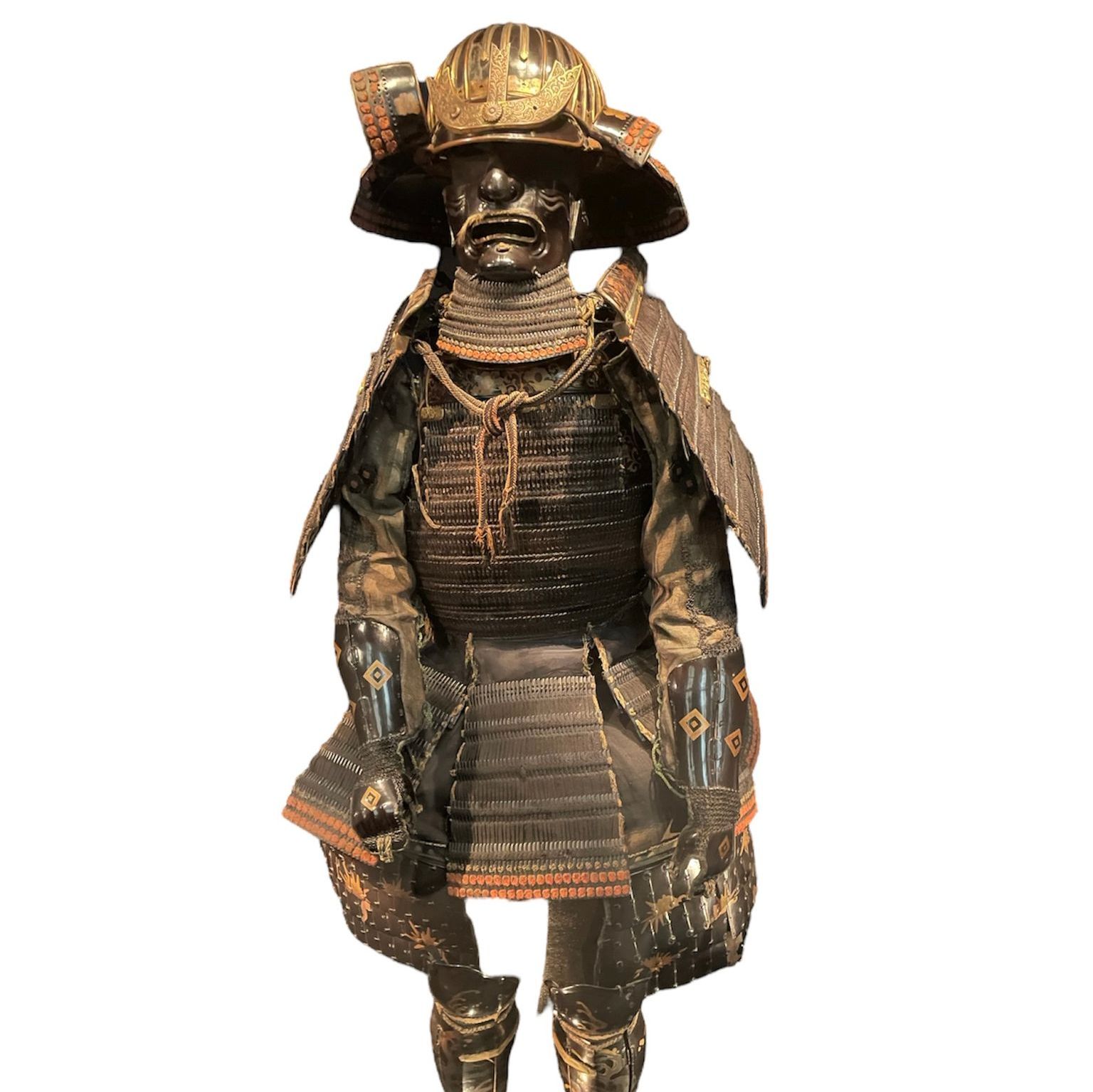
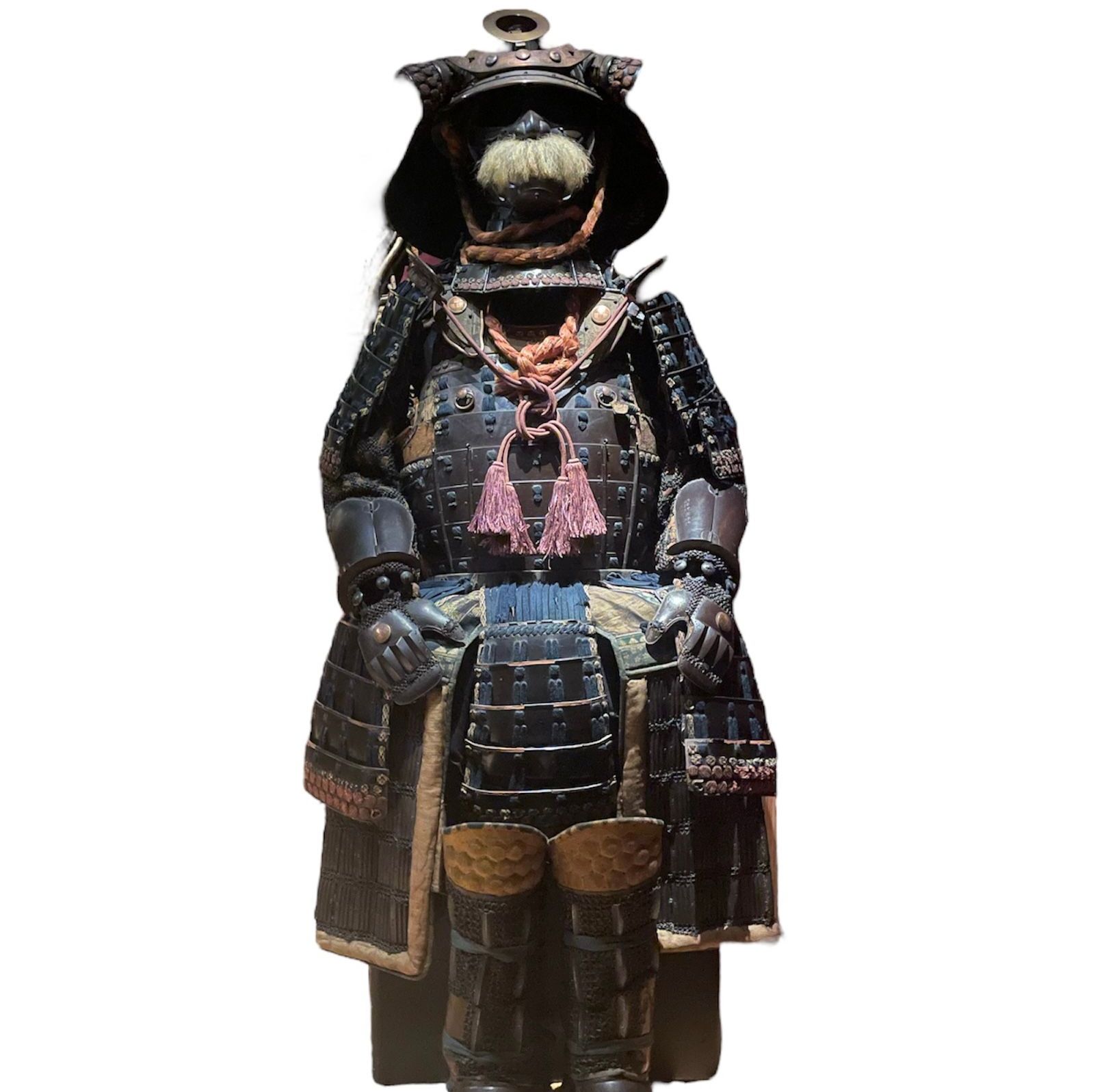
History and composition of Japanese armor
Early Japanese armor was influenced by Chinese and Korean armor, but soon developed its own distinct characteristics. During the Heian (794-1185) and Kamakura (1185-1333) periods, armor was often made of metal plates bound together with leather or silk cords. These armors were relatively simple and light, designed for maximum mobility on horseback.
During the Sengoku period (1467-1603), marked by intense conflict between lords, armor became more elaborate and sophisticated. The introduction of firearms also influenced armor design, with the addition of metal plates to resist projectiles.
Japanese armour is made up of several distinct parts:
Kabuto: Helmets were often elaborately decorated and reinforced with metal parts to protect the head from blows. They sometimes featured a maedate, a distinctive frontal ornament.
Dō (breastplate): The dō was the main piece of armor, protecting the torso and abdomen. It was composed of metal plates linked together by leather or silk laces.
Sode (shoulder pads): Sode protected the shoulders and were attached to the dō. They could be made of metal or leather and could also serve as decorative elements.
Kote (arm protection): Kote covered the arms and forearms. They were flexible to allow efficient use of the weapon.
Haidate: The haidate was a protective skirt for the legs, often made of metal plates or leather blades.
Suneate: Suneates protected the shins and feet. They were attached to the legs with laces.
Mengu (mask): Sometimes used to protect the face, it could be a distinct part of the helmet or a separate piece.
Leather or silk laces : The different parts of the armor were often linked together by leather or silk laces, allowing a certain flexibility and relative mobility.
Decorations and symbols: Armour was often decorated with symbols and motifs specific to the clan or samurai who wore it. These decorations also served to inspire fear in enemies.
The evolution of firearms and the peaceful Edo period (1603-1868) eventually led to a decline in the use of armor, but its influence persists in modern Japanese culture. Today, Japanese armor is often on display in museums and is appreciated for its artistic beauty and historical significance.
Have your Japanese armor appraised
Japanese armor is a complex collector's item, whose value and period are difficult to estimate. That's why it's vital to have your armor appraised by experts who can accurately date the period in which it was made and used.
Know the value of your property
If you happen to own a piece of Japanese armor, or think you might, don't hesitate to request a free appraisal using the form on our website. A member of our team of experts and certified auctioneers will contact you promptly to provide you with an estimate of the market value of your bag, as well as any relevant information about it. If you wish to sell your property, our specialists will also be on hand to help you find alternatives for selling it at the best possible price, taking into account market trends.
Response in less than 24h
Related topics
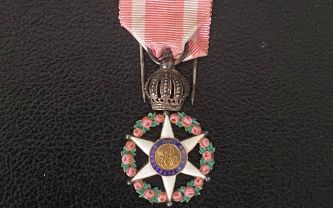
Rating and value of military orders and knighthoods
Military orders and orders of chivalry are collector's items that are very popular on the auction market. Estimate in less than 24h
Read more >
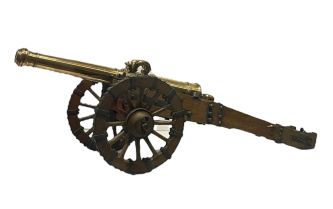
Rating and value of miniature cannons
Miniature cannons are popular collectors' items. Auction prices vary according to the object.
Read more >
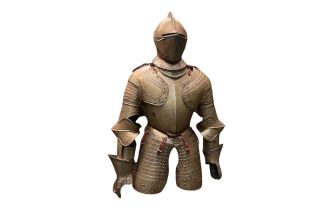
Rating and value of 16th-century European armor
European armor is a sought-after historical collectible. Their value can be high, estimated in less than 24 hours.
Read more >
Secure site, anonymity preserved
State-approved auctioneer and expert
Free, certified estimates
